On Demand: Unlocking the Golden Path to New Customers
May 20, 2021 •Sorcha OBoyle

Click here to watch on demand.
These are strange times and it can be hard to stay focussed when it feels like the world is changing all around us. Now, more than ever, it’s important that we talk with those around us to learn from their experience and their knowledge.
That’s why, this week, we sat down with Findologic, the team behind the leading AI navigation and search tool, to dive into how to unlock the golden path to new customers, from discovery right through to purchase. It’s an easy thing to plan out on paper but hard to perfect in practice.
As a marketer, you need to find, excite and engage the best customers for your brand – but, as we know, not all customers are created equal.
Some are good customers: they buy regularly and at full price and they tell their friends about you too. Bonus. But others aren’t so good: they show up once, buy on discount and then disappear, never to be heard from again.
And in these uncertain times, acquiring the right customers online is an area all brands need to focus on.
Read on for some key takeaways from the discussion or click here to watch the 40-minute video in full.
1. Good customers are profitable customers
A golden path means there’s profit for you at the end of it. To ensure that all your marketing activity is actually creating profitable customers at volume, you need to test the incrementality of your campaigns. If you don’t, you may be flattering your marketing performance for orders you would have received anyway. Facebook’s lift tests are a good tool for incrementality testing but they need a robust campaign set-up to work properly. If you’re unsure about your social set-up, get in touch with us here for a complimentary social audit and consultation with our expert team.
When you can prove that you are driving incremental uplift, you can be confident that you’re investing in the right channels and platforms.
2. Think mobile-first
Think about the last time you interacted with your phone. Chances are, it was in the last hour. Customers in all age demographics are getting more comfortable with buying online, from Gen Z who were born with an iPhone in their hands to the Silver Surfers who’ve embraced online shopping in unprecedented numbers this year.
Bear that in mind when it comes to your website. Put your menu bar on the right instead of the left and mimic the social networks your customers use daily. Customers, and particularly Millennials, are unconsciously familiar with the UX of Facebook, Instagram and Twitter and expect instant touchpoint options – so give it to them.
Findologic’s research shows that 30% of users use the search function on ecommerce websites and have a 3-4x higher conversion rate than non-search visitors.
The best websites use a number of ‘skills’ to help users get through the site: search, browse, navigate. In each case, best practice AI use means that poorly-qualified searches or those arriving on generic search terms can rapidly navigate to products they are likely to buy.
3. Leverage your database
You can already work out who your best customers are and use that information to find more like them. How? Use your database (and in-store transaction data) to build lookalike audiences in Google and Facebook and exclude your existing customer base from those campaigns. Too often, we find that brands are targeting their existing customers with the wrong messaging which wastes both time and money.
The key to finding your profitable customers is setting the right CPA (cost per acquisition) for each customer and not relying on averages. If your CPA is the same for every customer, you’re guaranteed to be underspending on some (the good ones) and overspending on others (the bad ones). Nobody wants that.
Set the right CPA by modelling your customers’ lifetime value and working out how long you can wait to break even on those new customer acquisitions. This is something we do with all of our clients here at more2, it’s the bedrock to marrying good marketing performance with good business performance.
Once you’ve done that, made sure you’re tracking customer behaviour downstream so you can close the loop on that activity and make sure you’re hitting your ROAS targets.
These are just some of the points we touched on in our discussion. For more on how to leverage your database and unlock the true power of AI-based search, watch the video here!
Interested in learning more or having a chat? Drop us a line at hello@more2.com!

